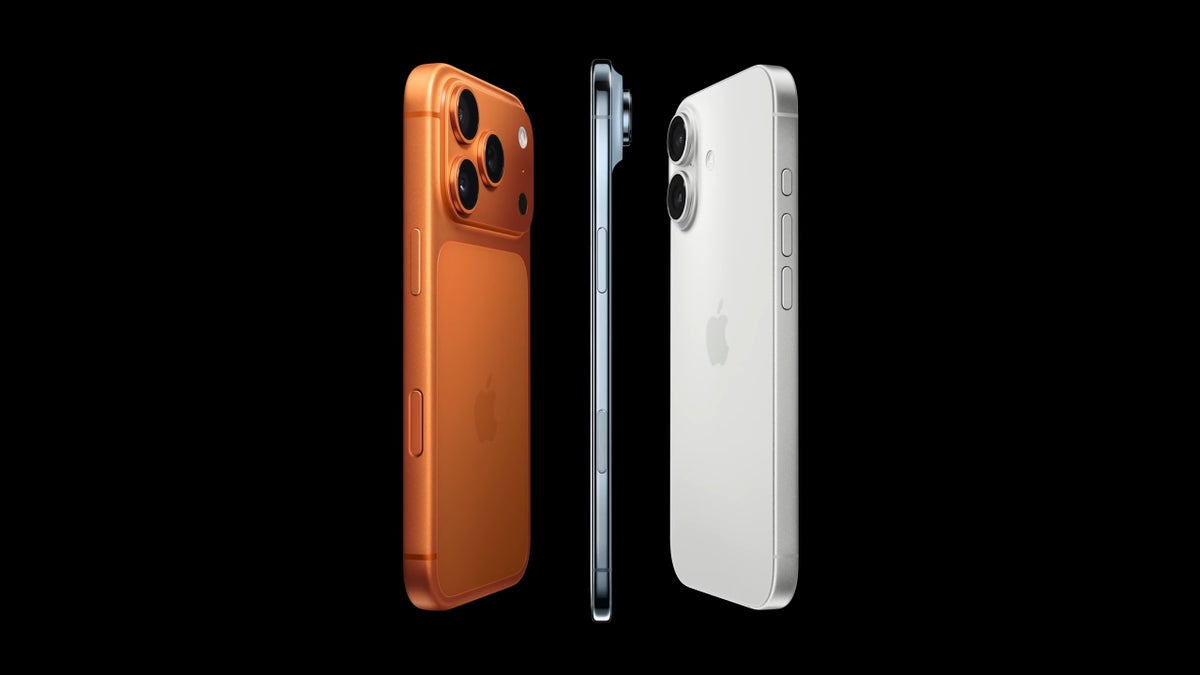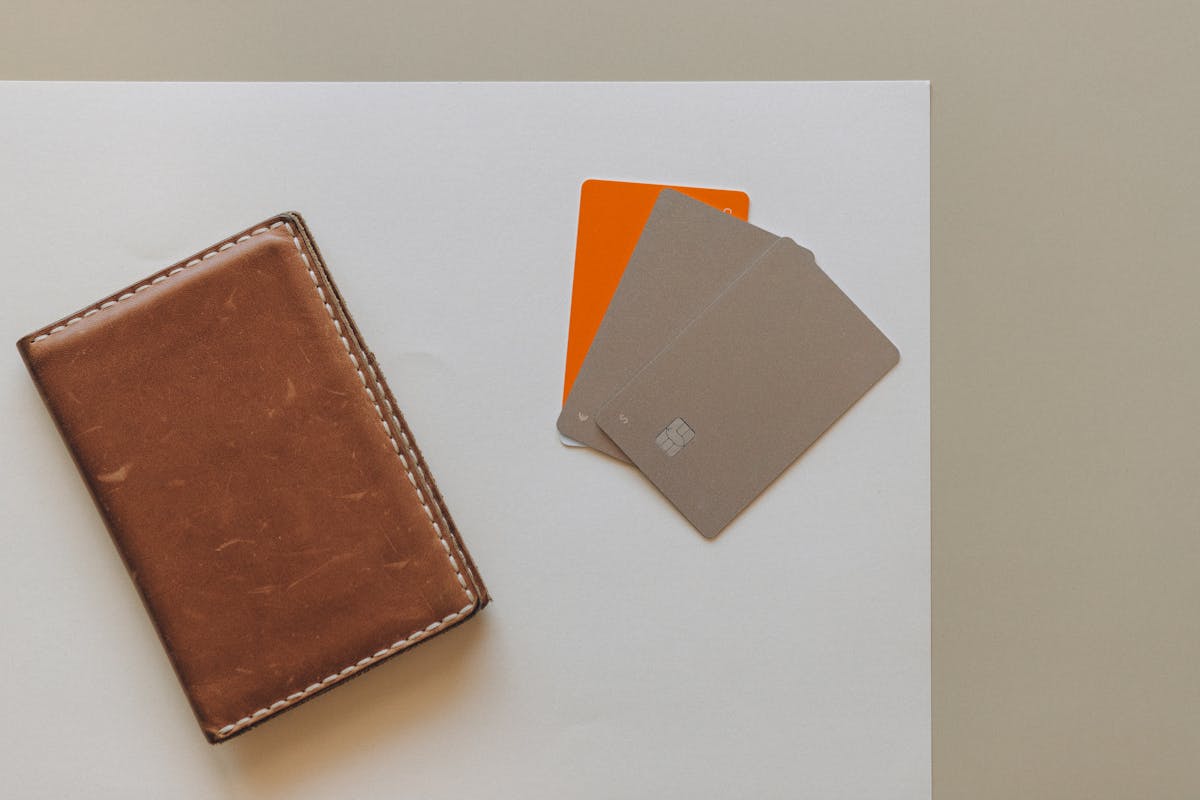Apple has introduced a new iPhone model priced at $2,000, marking one of the most expensive consumer smartphones ever released. This launch has sparked conversations about technology, consumer trends, and the growing appetite for premium devices, as well as concerns about affordability in an already competitive market.
The latest version of the leading series by the tech giant introduces advanced features, state-of-the-art hardware, and improved software functions. The newest iPhone offers upgraded cameras, faster processors, and superior display technology, establishing Apple’s device as a top choice for consumers who value high performance, innovation, and design. Although the price has generated some surprise, the company maintains that the improvements validate the expense for individuals desiring the best smartphone experience.
Features and innovations driving the price
The $2,000 iPhone offers numerous technological enhancements that set it apart from earlier versions. These improvements include cutting-edge camera systems that enable professional-quality photography and videography, high-resolution screens with enhanced brightness and color precision, and processors built to effortlessly manage intensive applications. Moreover, Apple has incorporated innovative software features that enhance user experience, security, and connectivity, affirming the device’s reputation as a top-tier product.
Battery life and charging speed have also been optimized, catering to users who rely heavily on their smartphones for work, media, and communication. The inclusion of enhanced materials, such as aerospace-grade alloys and ceramic shields, further contributes to the elevated cost. These innovations reflect Apple’s ongoing strategy of combining functionality, durability, and aesthetic appeal in a device that serves both practical and aspirational purposes.
Market response and consumer considerations
Reactions to the release have been varied. Certain buyers perceive the latest iPhone as a sign of distinction, a device that not only delivers superb capabilities but also represents elegance and tech-savvy knowledge. Others debate if the advantages outweigh the cost, especially since other gadgets provide comparable functions at much lower prices. Industry experts propose that Apple is aiming at a particular portion of the consumer market—individuals eager to spend more for cutting-edge technology and brand prestige.
The release of a $2,000 smartphone also raises questions about accessibility and consumer spending habits. For many, purchasing a device at this price point represents a significant financial commitment, potentially requiring financing or trade-ins. Despite this, Apple has consistently maintained strong sales in its premium segment, suggesting that demand remains robust even amid economic uncertainty and competitive pressures.
Wider consequences for the mobile phone sector
Apple’s pricing strategy reflects broader trends in the smartphone industry, where innovation often comes at a higher cost. Competitors may respond by introducing their own high-end models, incorporating advanced features to attract premium buyers. At the same time, mid-range and budget devices continue to dominate the majority of the market, emphasizing value and accessibility over luxury and cutting-edge technology.
This variation in business strategies demonstrates the difficulties businesses encounter in juggling innovation, cost-effectiveness, and what consumers expect. As high-end gadgets such as the $2,000 iPhone display the potential of today’s technology, they also emphasize concerns about unequal access and the widening disparity between premium and standard mobile phone users. Experts observe that these patterns could impact upcoming design decisions, pricing models, and promotional techniques throughout the sector.
Advice for buyers and factors to consider when making purchases
For potential buyers, evaluating the need for a premium device is essential. While the newest iPhone offers top-tier performance and features, not all users require the full capabilities of the most expensive model. Factors such as storage capacity, camera functionality, and processing power should be weighed against personal usage patterns and budget constraints. Apple offers various financing options and trade-in programs to make the device more accessible, but consumers are encouraged to carefully consider whether the investment aligns with their needs and priorities.
Additionally, alternatives within Apple’s own lineup or from other manufacturers may provide a balance between performance and affordability. By comparing features, prices, and user experiences, buyers can make informed decisions that maximize value without compromising essential functionality. Staying updated on software updates and planned product cycles can also help consumers anticipate future releases and determine whether waiting for a new model may be more advantageous.
Looking ahead: the evolution of premium smartphones
The launch of a $2,000 iPhone highlights the changing dynamics in the smartphone realm, where advancements consistently challenge limits and reshape what customers anticipate. As gadgets improve, the expense associated with breakthroughs increases, requiring firms such as Apple to manage the ambition to be pioneers with the practical aspects of the market. Upcoming developments could involve more incorporation of artificial intelligence, augmented reality, and other cutting-edge technologies, all with the potential to impact prices and consumer interest.
The release of this high-end iPhone highlights both the potential and the challenges of modern consumer electronics. For tech enthusiasts, it represents the cutting edge of innovation. For the broader public, it serves as a reminder of the growing premium segment in the market and the need to weigh features, functionality, and cost before making significant purchases. Whether this device will set a new benchmark for the industry or remain a niche product remains to be seen, but its debut certainly captures attention and shapes the conversation about the future of smartphones.





